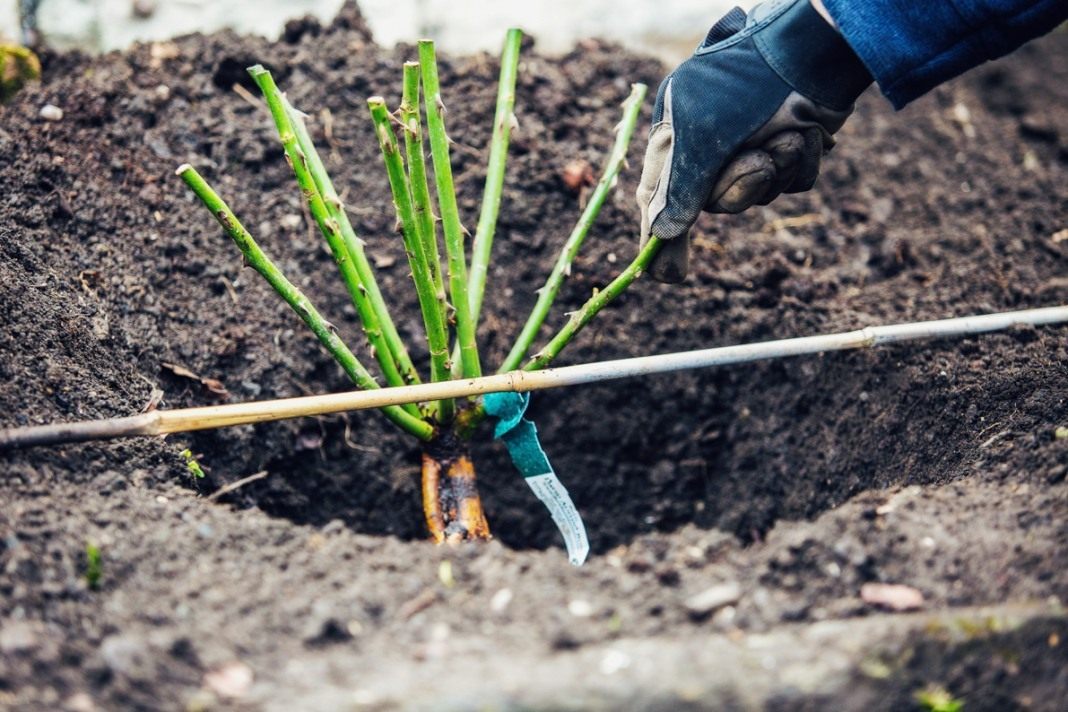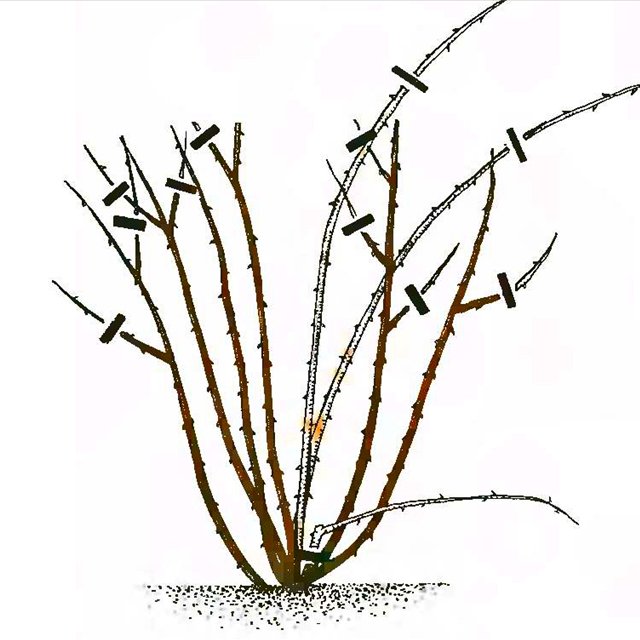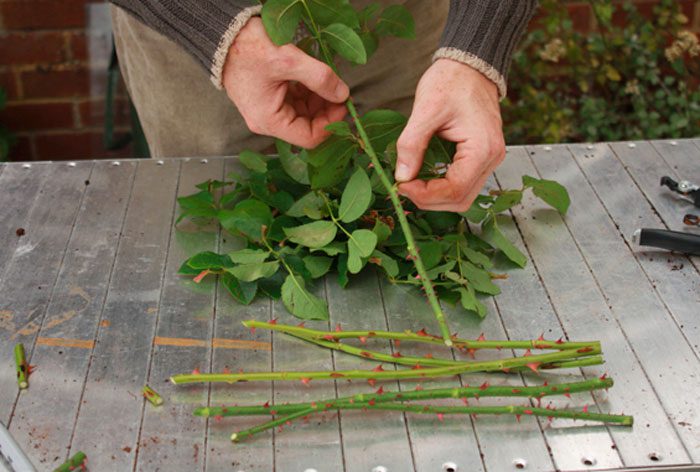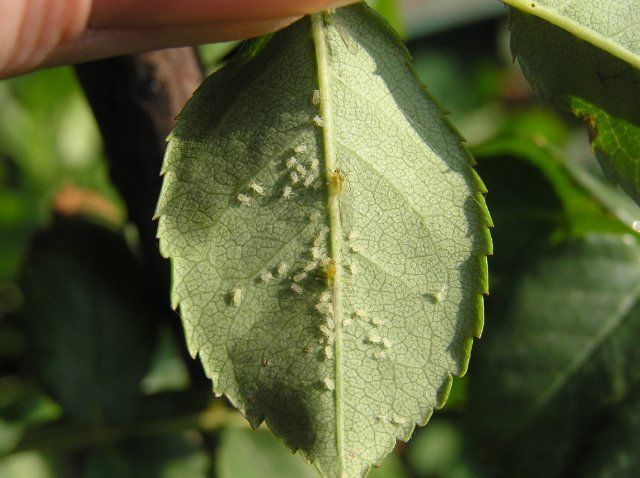Content:
Florists are very fond of planting various crops in their gardens. The Coco Loco rose is very popular. She is very beautiful and unusual in appearance, immediately attracts attention.
History
The flower was obtained when two different varieties were crossed. A new look was obtained by mixing Floribunda with a hybrid tea bush flower. It turned out to be a very beautiful plant. The variety was bred ten years ago in America, in the United States in 2008. Crossed varieties Christian Bedard. The rose is registered as Wekbijou.
Rose is a shrub with a large number of leaves. Reaches a meter in height, 0.5 meter in width.
Plant characteristics
Description of the variety:
- Koko Loko rose changes color: from cream it turns into lavender, withering, it becomes a chocolate shade.
- The buds are large, long and pointed, up to 10 centimeters in diameter. They grow up to 40 petals.
- The buds grow separately, but sometimes they gather in a bunch.
- At the beginning of flowering, the shape of the bud is like a glass, when blooming - like a ball.
- The aroma is not very harsh, slightly sweetish.
- Flowering begins in early summer, it is abundant and repeats several times.
- The bush is dense, up to 1 meter in height, there are thorns.
- Leaves are dark green in color, slightly glossy.
- Well resistant to powdery mildew and moderately resistant to black spots. It tolerates rain well. Flowers do not lose their beauty.
- Suitable for containers, flower beds and bouquets.
- Withstands temperatures of minus 15-17, but you need to cover.
- The buds do not fade.
Agricultural technology of cultivation
Landing
Soil type - the soil should be light, air-permeable, with a high humus content. The location of groundwater should be more than a meter, since the roots of the rose are very long.
The planting site is well lit so that moisture evaporates from the leaves. This helps to reduce the formation of fungus. Avoid drafts.
Temperature - optimal 23-25 degrees.
Humidity - Floribunda Coco Loco roses are not particularly demanding, it is not necessary to spray.
Step-by-step instructions for disembarking:
- Plants begin to be placed in spring or fall. Dig a round hole up to half a meter in size. The depth should be equal to the height of the root.
- It is necessary to loosen the bottom of the pit.
- The dug soil is mixed with compost: 3 parts of soil and one fertilizer. Add some ash.
- A heteroauxin tablet is diluted in a bucket of water. The solution is poured into the pit.
- The rose is planted in a hole, sprinkled with earth to the root collar. The ground is being trampled.
Rose care
Watering
Moderate watering is sufficient. More active hydration is required during leaf growth and flower setting. This period falls in the spring. After the rose has faded, it also needs a lot of moisture. This is necessary to set a new color. Water only with settled water.
Top dressing
The Coco rose reacts very well to fertilizers. You can use both organic and mineral dressings. Compound fertilizers specially designed for roses are most suitable.
Stages of feeding:
- End of April - May (middle zone of Russia).
- July.
Pruning
They perform work in early spring, before the buds swell.
Basic pruning rules:
- Cut at 45 degrees.
- Free the bush at the base from the ground.All spoiled shoots are cut to healthy tissue.
- Similarly, the branches below the graft are removed.
- Weak and damaged shoots also need to be cut off.
- Every year you need to get rid of old shoots that do not develop.
- Only young and healthy branches are left - from 3 to 5, cut them by one third with several living buds.
- The sections are treated with coal powder.
Transfer
Move Floribunda to another location in the spring.
Main steps:
- The bush is cut 20 centimeters. Eliminate all weak and painful branches, tear off foliage.
- Carefully take the plant out of the pit and clear it from the ground.
- Pour water into the pit. After absorbing, place the flower in the hole. The vaccination should be 3 centimeters below ground level.
- Bury and tamp. Add a layer of mulch.
Shelter for the winter
Due to poor frost tolerance, seedlings need to be wrapped. The bush is cut up to 30 centimeters high. For air access, the soil is loosened. In spring, old and diseased shoots are cut off from the flower. The plant needs to be sprayed.
Reproduction
2 types:
- Seeds;
- By cuttings.
The second method is faster and easier.
How they do:
- During the onset of flowering, hardened or semi-hardened cuttings are cut.
- The length of the cutting is made about 8 centimeters, the thickness should be 5 millimeters.
- On the upper side of the stick, a cut is made 0.5 cm above the kidney, on the lower side, just below it.
- The part that will be above the ground is done at an angle of 90 degrees, the other at 45.
- 2 leaves are left on the top of the handle. All thorns are removed from the bottom. The cut is treated with phytohormone.
- The landing is carried out to a depth of 15 cm. Sand is poured at the bottom.
- Tamp the sand. Make a warm greenhouse over the flower (for example, cover with a cut plastic bottle). Make holes for air exchange.
Diseases and pests
Diseases:
- Powdery mildew - white bloom.
- Rust - brownish spots.
- Black spot - dark spots with a scorched edge on the leaves.
The main pest is aphids. Sucks the sap from the plant. Leaves fall.
Control measures:
- remove and burn damaged leaves and shoots in time;
- treat with fungicides.
Prevention:
- Inspection;
- Timely pruning;
- Treatment with drugs: Alirin-B, Skor, Topaz;
- Do not add too much fertilizer. Eliminate nitrogen in late summer. Add potassium and phosphorus for disease resistance.
Advantages and disadvantages
Pros of the Coco variety:
- Combines unusual color of buds and color fastness to sunlight;
- Rain resistant.
Minuses:
- Poor frost resistance;
- Susceptible to black spot infestation.
The variety is very beautiful and unique. Every gardener is able to grow this unusual flower on his site.



















